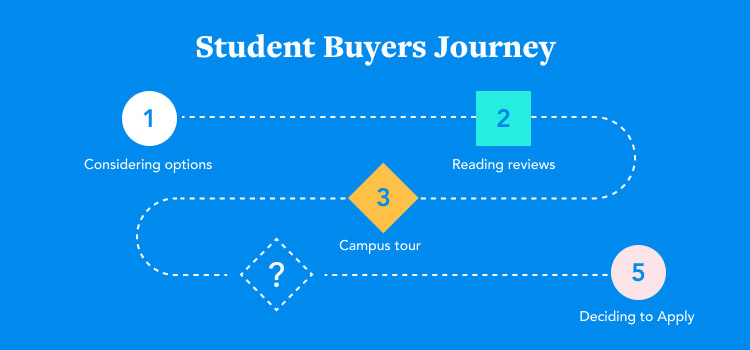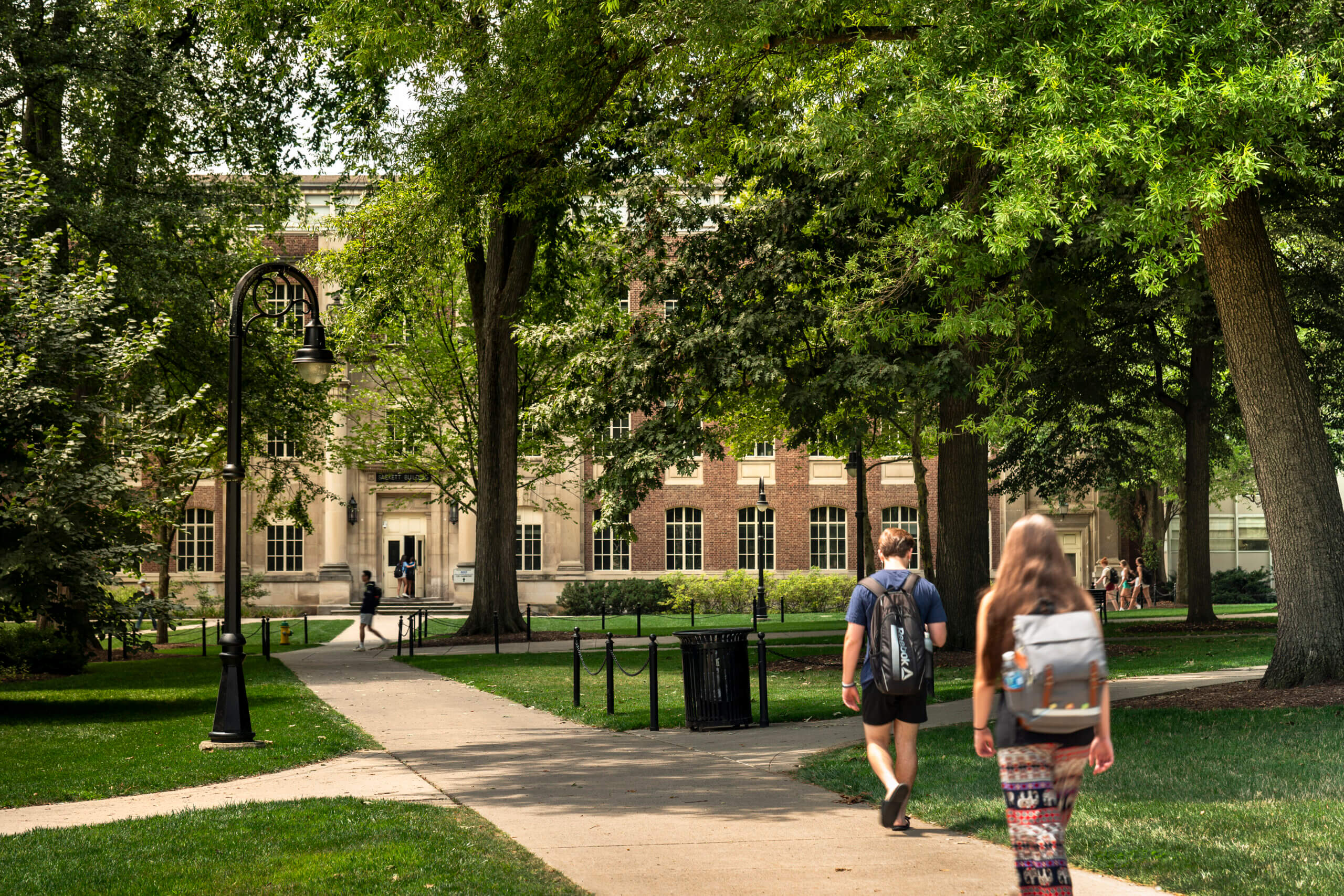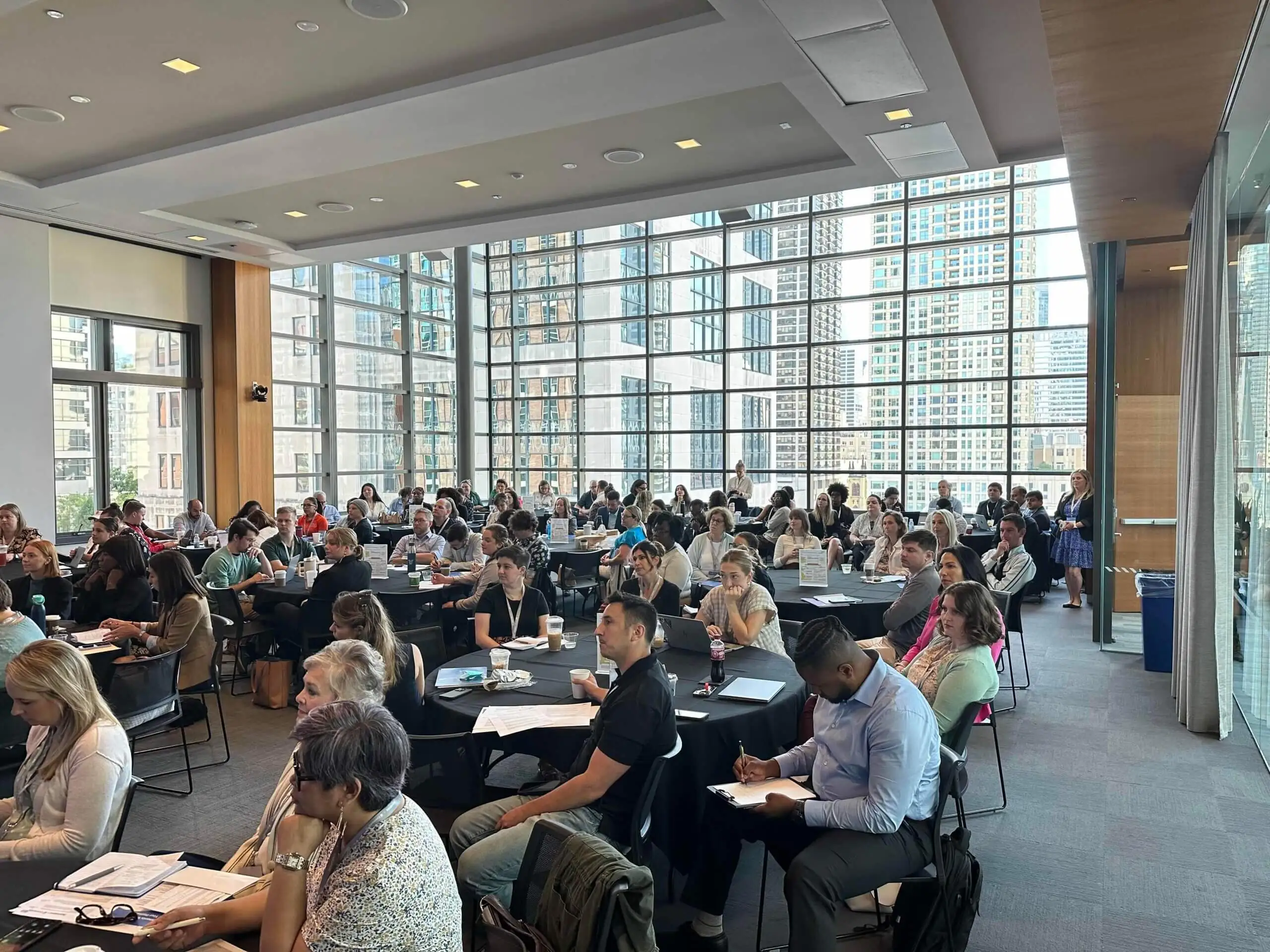What’s the last major purchase you bought? House? Car? Something for the home office?
Think about how you went about making that purchase. You certainly looked at a few companies and investigated their websites. Perhaps you read some customer reviews or went to a dealer to take a test drive. But as you consumed all the product specs, sizing guides, and online reviews, you still had a missing piece. Amidst all the information at our fingertips, when it comes to big decisions we still trust more personal sources. Even if we don’t actually know the individual, we’ll seek out real people who have used the thing we’re looking to purchase. Social media sites have made it incredibly simple to access those authentic sources and get their perspective.
When you think about it, it’s not at all surprising that a toy reviewer is the highest-earning star on YouTube. It’s the fact that he’s nine years old that’s the real shock.
Now, attending college is far more than just a toy purchase. But those looking at investing in education take a similar approach to making their decision. They peruse your website, read reviews from sources like the Princeton Review, check out college specs on US News & World Report — all with the goal of better understanding what return they’ll get out of that investment.
However, it’s the personal piece that is often missing from the marketing stack in the prospect’s “buyer’s journey.” As we learned in a recent student panel, prospects invest a considerable amount of time scouring social media to find students at the schools they are interested in. They’ll even go so far as to DM (direct message) those students through social platforms. An entire cottage industry has even emerged of YouTube vlogs giving prospects a look inside college life.
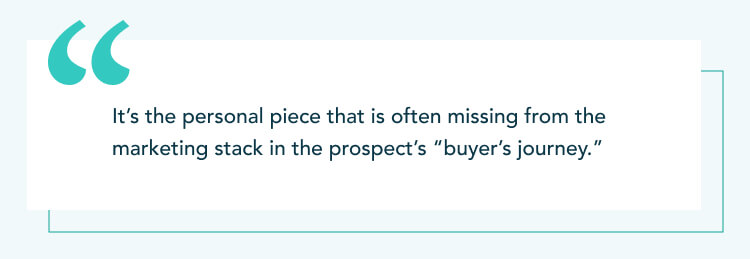
Generation Z demands these more personal, authentic sources of information. Meeting this need has led to the emergence of influencer marketing. On the surface, an institution may think that this requires them to give up a level of control. But under the right circumstances, leveraging influencers on campus can improve a schools’ brand reputation, provide rich data on prospective students, and improve conversion throughout the admissions funnel.
What Is Influencer Marketing?
Celebrities endorsing a product is a time tested marketing strategy. We’re all very familiar with well-known musicians or movie stars being featured in TV commercials, print ads, or even radio spots. Of course, the bigger the celebrity, the bigger the exposure for the brand.
In the early days of social media, brands replicated this strategy on their social feeds. But this didn’t quite match the target and goal of the medium. By their very nature, these media channels are social, and users quickly realized that by interacting with NesCafe they weren’t really interacting with George Clooney.
A whole new tier of celebrity emerged with the creation of influencers. Influencers are those who have established themselves as experts in a particular subject or niche and share that expertise. Importantly, they can have a direct relationship with the community through their content while also actively interacting with their larger community.
Their power lies in their authenticity. As a direct user of a product or service, they speak with honesty about their experience and provide insight, tips & tricks, and recommendations. They will even field questions from their community in a way that only increases their authenticity and believability. They create and build trust through their transparency, and work hard to maintain that trust in the face of product sponsorships and endorsements.
Why Influencers Matter to Gen Z?
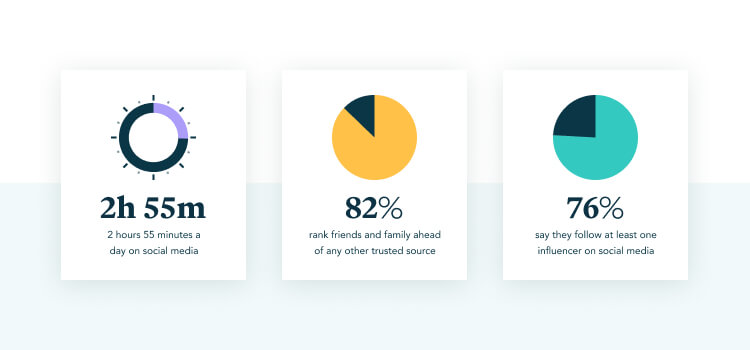
Defined by the Pew Research Center as those born after 1996, Generation Z are true digital natives. While the millennial generation grew up right alongside the internet and social media, Gen Z has never known a world without this connectivity. This environment has played a huge role in the perceptions and behaviors of the generation.
To start, constantly being connected means that Gen Z is flooded with information. They spend an average of 2 hours 55 minutes a day on social media alone, beating millennials in that department by nearly a full hour. With all that time spent consuming information, Gen Z has become adept at discerning what is most important to them. They have learned not to “blindly trust the internet” and care about where their information comes from.
Friends and family rank high when it comes to trusting their sources. 82% ranked friends and family ahead of any other source, according to a McKinsey study. Influencers also rank high with 76% saying they follow at least one influencer on social media.
This is a generation that highly values authenticity. McKinsey concluded that Gen Z behaviors are all anchored in “this generation’s search for truth.” With the barrage of information, friends, family, and peers are able to stand out amidst the noise.
Due to this, many Gen Zers have actually moved away from trusting celebrities or well-known figures when making a purchase decision. Traditional endorsements actually make Gen Z question the motives of large brands and corporations. Instead, Gen Zers “gravitate towards “micro-influencers” — individuals who have a more engaged crowd of about 1,000 to 10,000 followers on their social media accounts.” What is the world coming to when we can no longer trust Kim Kardashian?
The engagement that this generation is looking for in these micro-influencers is also representative of their need for community. Gen Zers are “communaholics” and move back and forth across the digital boundary seamlessly.
“Gen Zers are radically inclusive. They don’t distinguish between friends they meet online and friends in the physical world. They continually flow between communities that promote their causes by exploiting the high level of mobilization technology makes possible. Gen Zers value online communities because they allow people of different economic circumstances to connect and mobilize around causes and interests.”
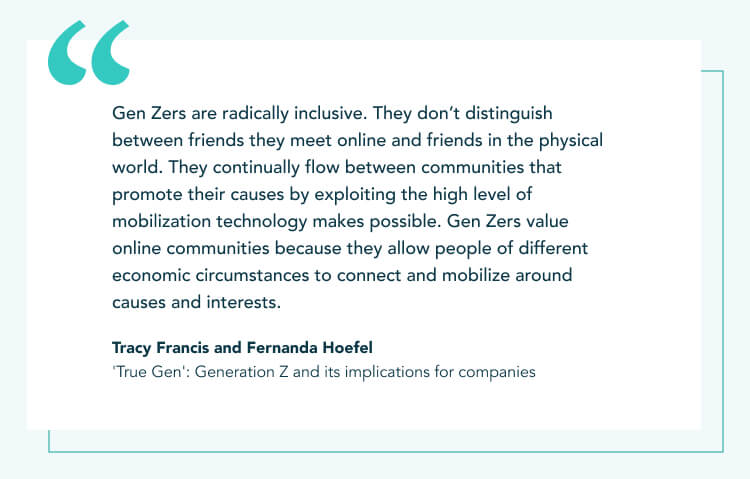
Engaging in communities where everyone can interact with authentic sources of information and build relationships is what Gen Z truly cares about.
Influencers in College Admissions & Recruitment
All of this probably makes you nervous. But at the same time, you know it’s something you have to incorporate into your marketing stack. Otherwise, you risk missing out on the dwindling population of college-age students.
However, between knowing who would make a good influencer, connecting influencers to those like them, and understanding how this channel is working, there’s a lot to wrap your head around. But what if you could create a dedicated influencer channel where influencers, “communaholics,” and others come together in a single place. Plus, you could also have a constant feed of insights that validates how much engaging with influencers makes a difference for prospective students.
3 Strategies to make your enrollment process Powered by Influencers
#1: All Your Influencers in One Place
A challenge with influencer marketing is that the influencers may live on many different platforms or channels — YouTube, TikTok, and SnapChat just to name a few. Even if you are hiring these students yourself, managing their work across multiple sites is challenging. Even the digital natives of Generation Z may find it frustrating to search different sources.
By bringing your influencers into one, consolidated space, you can streamline their management and increase oversight into their content. This would also allow you the ability to think beyond just prospective students and consider the parents and families of those interested in your institution.

#2: Content is King, Engagement is Better
A single portal for prospects to access influencers has to have multiple different ways your experts can share their information and experience. Gen Zers spend 23 hours a week watching video, so video content from influencers is a must. A discussion board and blog sharing are also content streams to consider in the stack.
However, the most important thing is that prospects have the sense that they can engage directly with your influencers. This will make them feel like they are already a part of your community, while also helping clear your queue of frequently asked questions. How many times have you been asked by a prospect whether you could find a student for them to connect with that had X, Y, and Z qualifications? A single platform for content and connection provides just that opportunity for prospects and gives you time back to focus on other avenues.
#3: The Influence on Your Funnel
As with most initiatives in higher education, data has to prove that the program is a success. Now imagine managing a team of influencers posting to various social channels on their own accounts. How much time do you think you’d spend collecting engagement data from them? How would they report interacting directly with a prospect?
One platform gives you the ability to see this data automatically. You’ll not only see how prospects have engaged with ambassadors, but also have insight into what each individual prospect cares about. If the platform connects directly to your CRM, you’re now bringing in a wealth of information for the entire office to benefit from. Your team could create more targeted marketing campaigns, produce additional content based on prospect demand, or even have insight into “demonstrated interest” and be able to predict conversion in your funnel more accurately.
It’s Worth It For One Every Student
Generation Z wants to feel like they are a part of your community before they set foot on campus. Even before they choose to accept your offer of admission. Connecting them with their peers, influencers, and their classmates has to be a priority if admissions offices are going to continue to fill their classes. By providing that content and connection, an institution has the opportunity to build a strong brand reputation with their next class. Prospects would associate your brand with honesty, authenticity, and openness. This investment has a positive return on investment if just one student decides to enroll because of their experience.
At PeopleGrove, we’re revolutionizing how prospective students interact with institution’s brands. Learn more about how your admissions funnel can be #PoweredByInfluencers at peoplegrove.com/influencers



